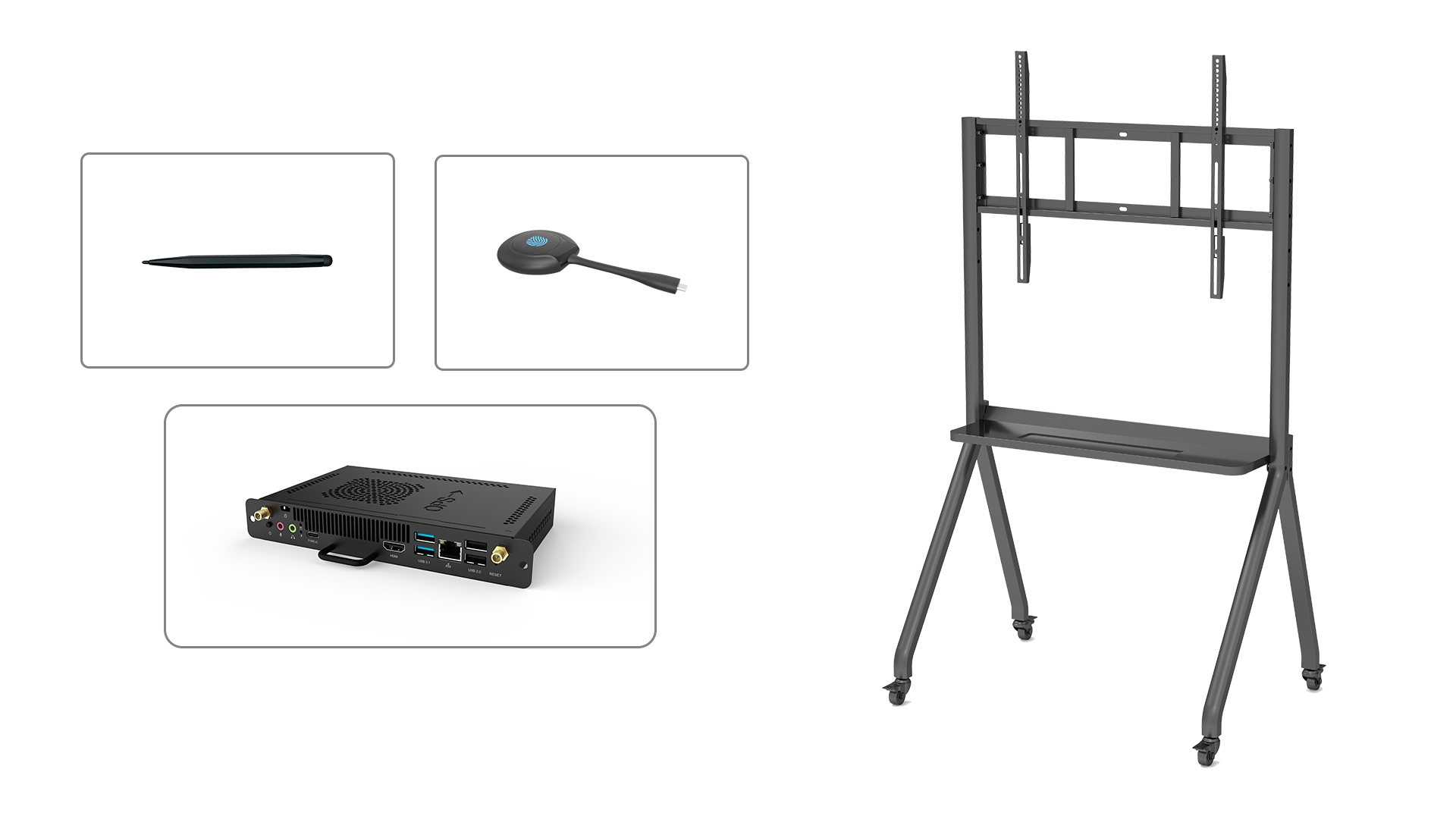Enhancing Learning with smartboard books
In today's digital age, technology has become an integral part of education. Smartboard books, also known as interactive e-books, have revolutionized the way teachers deliver content and engage students in the classroom. These innovative tools combine the benefits of traditional books with interactive features that captivate students' attention and promote active learning. In this article, we will explore the various advantages of using smartboard books in the classroom and how they can enhance the educational experience for both teachers and students.
1. Interactive Learning Experience
One of the primary advantages of smartboard books is the interactive learning experience they offer. Unlike traditional books, smartboard books allow students to actively engage with the content through touch, sound, and visuals. They can tap on images, drag and drop objects, or watch videos related to the topic. This interactivity not only makes the learning process more enjoyable but also helps students retain information better.
2. Multisensory Engagement
Smartboard books provide a multisensory learning experience by incorporating various multimedia elements. Students can listen to audio clips, watch videos, or interact with 3D models, allowing them to engage their senses in different ways. This multisensory approach caters to different learning styles and helps students better understand and remember the concepts being taught.
3. Personalized Learning
With smartboard books, teachers can customize the content to meet the individual needs of their students. They can easily adapt the difficulty level, provide additional explanations or examples, and include interactive quizzes or activities to assess students' understanding. This personalized approach enables students to learn at their own pace and ensures that no one is left behind.
4. Real-Time Feedback
Smartboard books allow for instant feedback, which is essential for student growth and progress. Teachers can incorporate interactive quizzes or assessments within the e-books, providing immediate feedback on students' answers. This real-time feedback helps students identify their strengths and weaknesses, allowing them to focus on areas that require improvement. It also saves teachers time in grading assessments manually.
5. Collaborative Learning Opportunities
Smartboard books promote collaboration among students by enabling them to work together on interactive activities or projects. They can solve problems, brainstorm ideas, or create presentations using the interactive features of the e-books. This collaborative approach fosters teamwork, communication, and critical thinking skills, preparing students for real-world scenarios where collaboration is essential.
6. Accessible Anytime, Anywhere
Unlike traditional books, smartboard books are accessible anytime and anywhere as long as students have access to a compatible device and an internet connection. This flexibility allows students to review the content at their convenience, whether they are at home, in the library, or on the go. It also eliminates the need for carrying heavy textbooks, making learning more convenient and efficient.
7. Updated and Relevant Content
Smartboard books can easily be updated with new content, ensuring that students have access to the most up-to-date information. Teachers can add new chapters, revise existing content, or include additional resources to keep the e-books relevant and aligned with the curriculum. This ability to adapt and update content helps students stay informed about the latest developments in their field of study.
8. Cost-Effective Solution
While the initial investment in smartboard technology may seem high, smartboard books can be a cost-effective solution in the long run. Schools can save money on printing textbooks, as smartboard books eliminate the need for physical copies. Additionally, e-books can be shared among multiple students, reducing the overall cost of educational materials.
9. Environmental Sustainability
Using smartboard books promotes environmental sustainability by reducing the consumption of paper and other physical resources. By embracing digital learning materials, schools contribute to the preservation of forests and reduce their carbon footprint. This eco-friendly approach aligns with the increasing global focus on sustainability and can help instill environmentally conscious values in students.
10. Gamification of Learning
Smartboard books often incorporate gamification elements, making the learning process more engaging and enjoyable. Students can earn points, badges, or compete with their peers in interactive quizzes or games. This gamified approach to learning motivates students to actively participate and enhances their overall learning experience.






